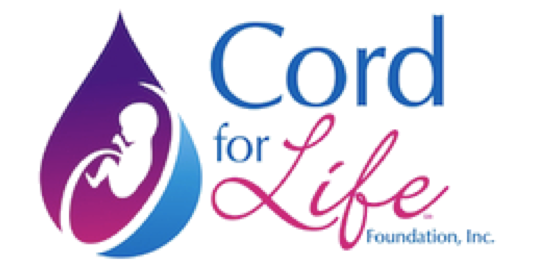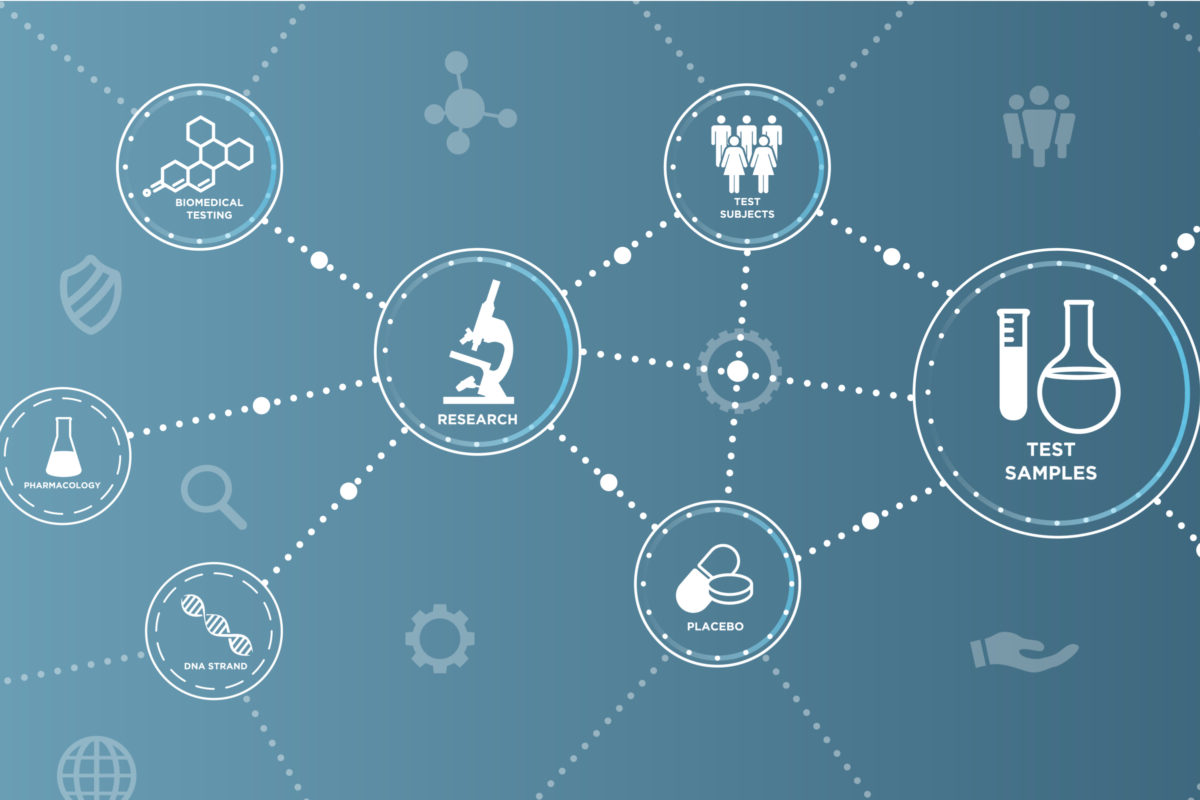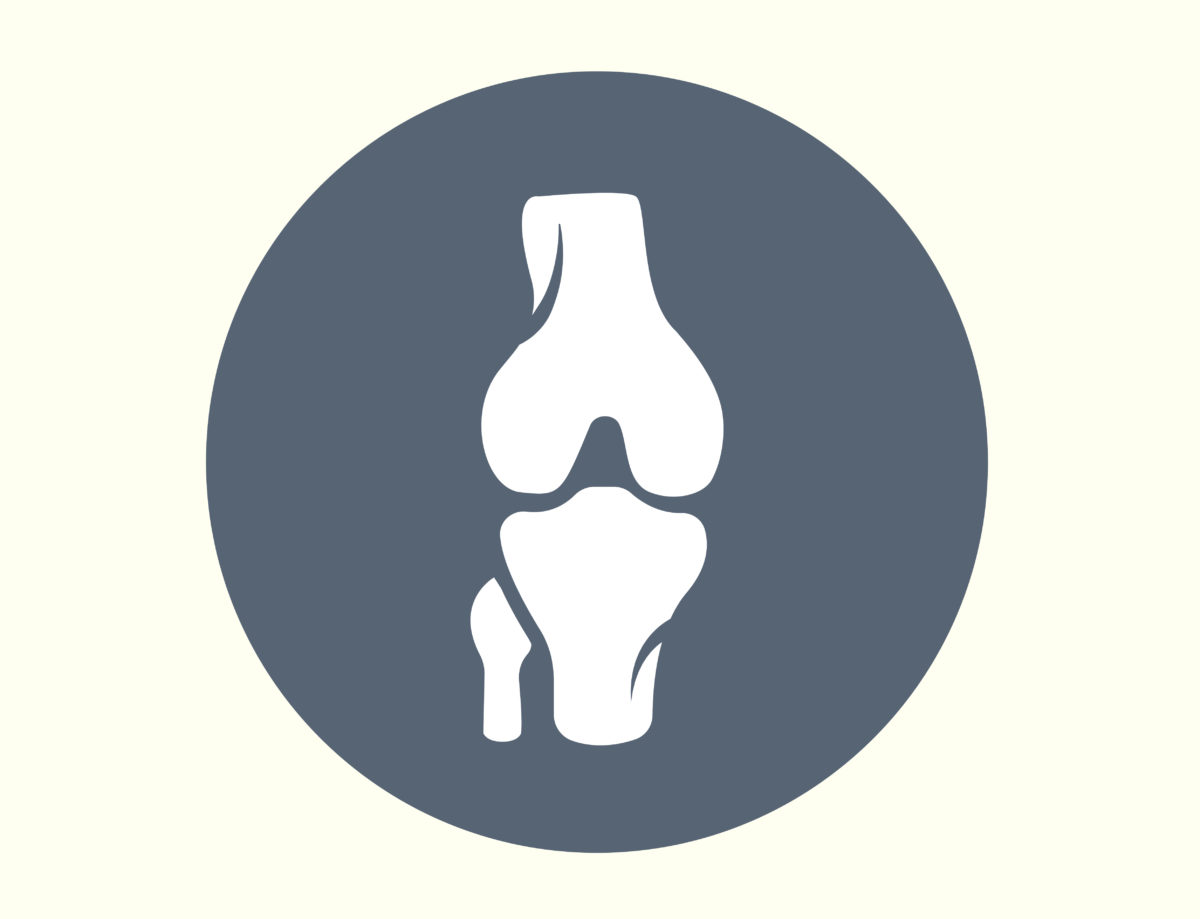So much research is going on with stem cells from cord blood as scientists work to unlock the secrets of stem cells. Much of the research centers on the anti-inflammatory properties of stem cells from umbilical cord blood.
Medical research into stem cells is ongoing, offering the potential to treat diseases or injuries that have traditionally been difficult to manage. Clinical trials exploring the potential for umbilical cord blood as a treatment include:
- Neurological conditions: Parkinson’s disease, multiple sclerosis and spinal cord injuries.
- Immune and inflammatory diseases: Psoriatic arthritis, autoimmune disorders and graft versus host disease in transplant patients.
- To act as a substitute for blood transfusions
- Other chronic diseases: Diabetes and heart disease.
Some of the many intriguing studies hope to find cures for many disorders that effect children and adult include:
Repairing Brain Functions
Progress is being made in understanding how stem cells from umbilical cord blood can improve the lives of children suffering with Cerebral Palsy and Autism.
Stem Cells and Cerebral Palsy
In fact, a recently published study by researchers at Duke University of children with spastic cerebral palsy found that an infusion of their own cord blood improved both their brain connectivity and motor function.
Stem Cells and Autism
Research into treating Autism with stem cells from cord blood has shown potential for improving socialization. Based on these promising results, research continues to decipher the connections.
Keeping Memories Alive
Researchers are also exploring stem cells from umbilical cord blood as a cure for Alzheimer’s disease. Exploratory studies in mice have shown that stem cells from umbilical cord blood reduce behavioral impairments associated with Alzheimer’s disease. These initial findings have justified further exploration of how stem cells from umbilical cord blood could play a role in a cure for Alzheimer’s disease.







